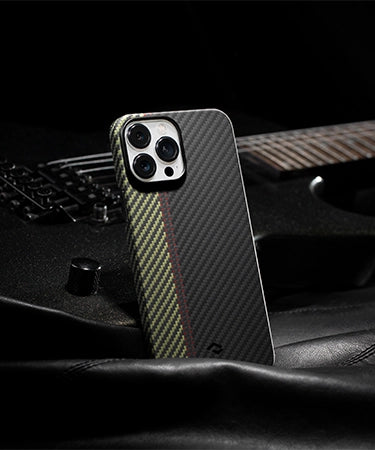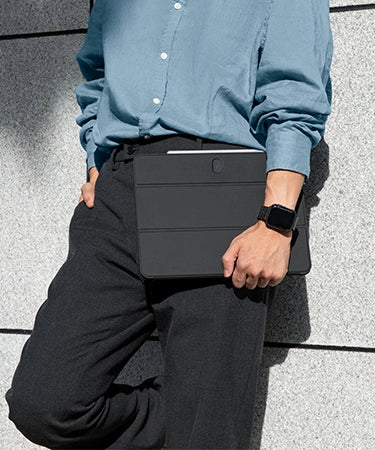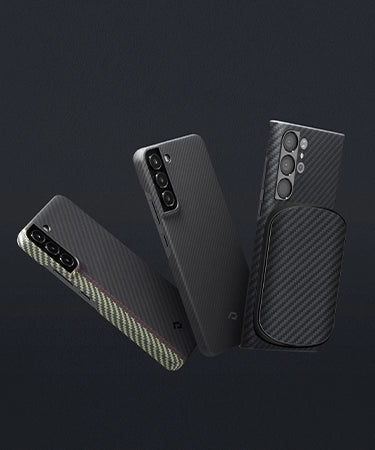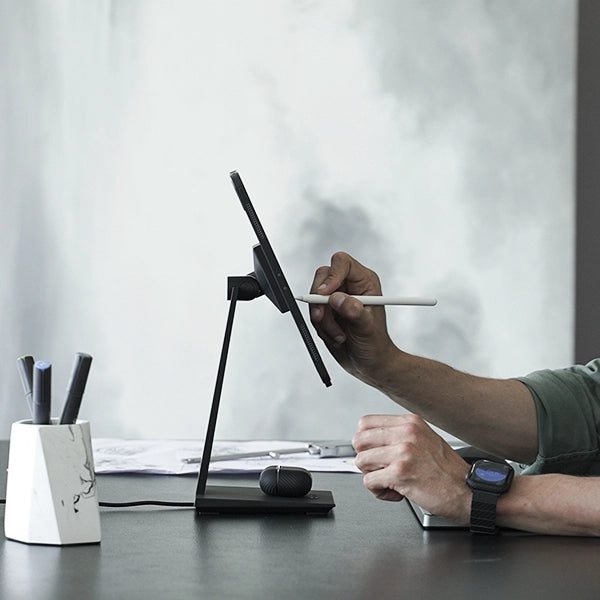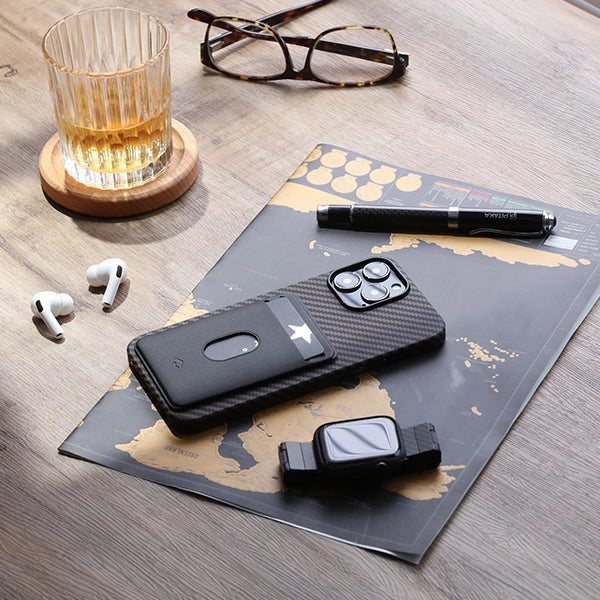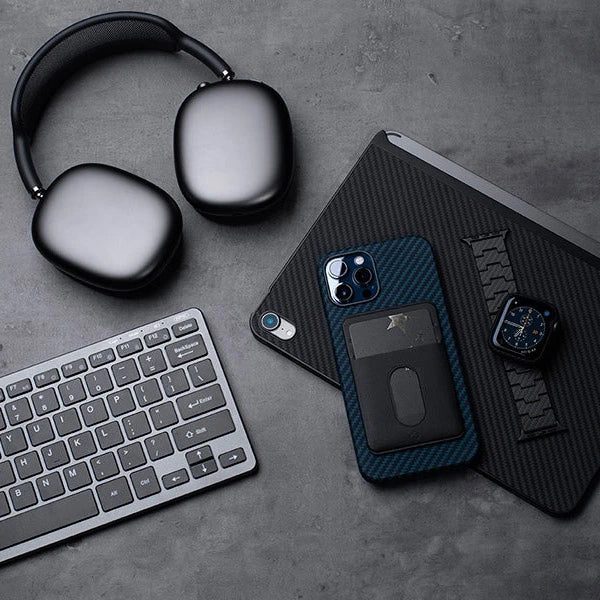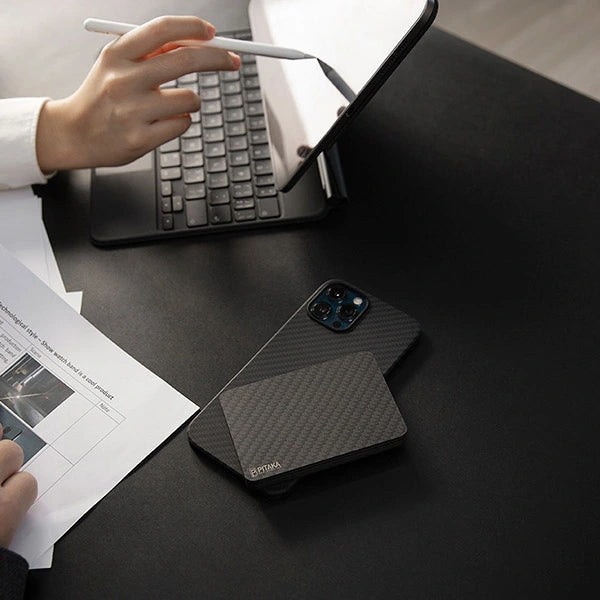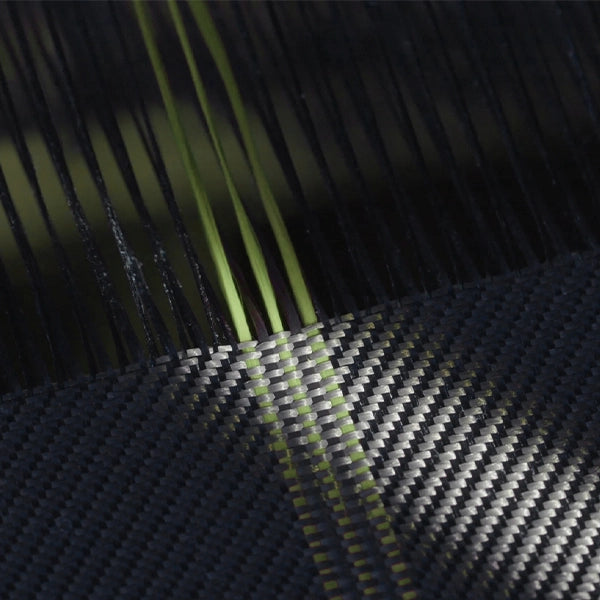
Nearly a decade ago, lawmakers in the European Union started putting pressure on Apple and other tech giants to adopt a universal charging port. That way, every mobile device would be able to charge via the same cable. Although this bill never went through, the EU is currently pushing for a similar bill right now that could force Apple to finally adopt USB C on its iPhones. But is Apple ready to switch to USB C? Or maybe go a step further to make the port-less iPhone?
What Is A Lightning Connector?
The Lightning connector is Apple's charging port that can be found on most of its mobile devices. It's a thin, short, flat piece of metal that can be plugged into your iPhone in any orientation. Apple first introduced the Lightning connector with the iPhone 5 and it's been a staple of iPhones ever since.

The primary function of the Lightning connector is to charge your phone, though it's capable of many other things as well, like data transfers, playing music through headphones, and connecting your phone to a computer.
The Lightning connector is exclusive to Apple devices - you won't find it in use on anything other than Apple devices and accessories. This is the reason why Apple users are never able to borrow chargers from non-Apple-using friends, and vice versa.
Why Does Apple Keep The Lightning Connector?
Lightning existed before the USB-C was debuted. It’s faster than the then USB type. Today, USB has been evolved into something better than the Lightning, but Apple still keeps using the Lightning connector for several reasons.
LIGHTNING IS COMPACT AND SMALL

Its small size allows Apple to make slimmer iPhones. And it is extremely compact; you can fit the entire Lightning port inside of a USB C port. In a device as feature-packed as the iPhone, every millimeter counts. Some users whoever used both USB-C and Lightning cables realize that the Lightning connector holds tighter to the port. So far, Lightning can still do what many Apple users want to do.
ELECTRONIC WASTE AND EXTRA COST

The Lightning connector is also the primary and sole port on nearly all of Apple's mobile devices in circulation. This means that Apple users have speakers, cables, headphones, flash drives, and more that are designed to work with - and only with - the Lightning connector. Switching to a new connection type would render all of these accessories useless, creating tons of electronic waste and costing consumers significant amounts of money in replacing their existing accessories, assuming replacements for these accessories even exist. At the end of the day, replacing the Lightning connector without a good reason simply creates too many negative consequences for Apple to have made the transition yet.
INNOVATION OR MONOPOLY

Apple always prides itself on being innovative. About the transition from Lightning to USB-C, Apple responded that “impose harmonization of smartphone chargers would stifle innovation rather than encourage it.” Some people, however, resume it is about control or milking customer; since Apple owns the patent rights to Lightning, they can control and charge who makes certified cables, thus customers have to pay for the certified Lightning cables if they buy from third-parties.
What Are The Drawbacks Of The Lightning Connector
Although the Lightning connector offers Apple users several features and benefits, it's far from perfect. Here are just a few of the drawbacks of using the Lightning connector over other types of connectors.
SLOW DATA TRANSFER SPEEDS

Theoretically, the Lightning cable's speeds fall somewhere between USB 2.0 and 3.0, with an average of 60MBps of data per second. Compare this to 3.0 USB-C, the popular generation, which can transfer data at 640MBps (5Gbps). That's many times faster than the speed of the Lightning connector. Despite the fact that neither USB-C nor Lightning cable can reach the theoretical maximum transfer speed, USB-C is still much faster than Lightning at transferring data.
THE CABLE BREAKS EASY

Anyone who's owned a Lightning connector is familiar with how easily they break down. Apple has stopped using PVC (also known as vinyl) in their products because it’s bad for the environment, which leads to vulnerable cables. And they lack stress relief at the end of the cable. Apple does offer to replace Lightning cables that break, but this means going to an Apple store, something that isn't convenient for everyone.
EXPENSIVE TO PURCHASE AND REPLACE

In instances when you do have to buy a replacement Lightning cable, you'll quickly find that it's much more expensive than you would first think - about $19 for a standard length cable and $30 for a slightly longer cable. Compare this to a USB C cable of the same length, which you can easily purchase for under $10. The certified third-party Lightning cables are costly because of Apple's proprietary restrictions and third-party Lightning manufacturers have to pay for Apple’s MFi license, which raises the cost of the cables for consumers.
The Problems Apple Users Face By Apple Keeping The Lightning Cable
Getting rid of the Lightning connector may cause issues for Apple and its customers, but keeping it is creating issues for many mobile device users already, Apple users included.

For example, the Lightning connector forces families with different devices to purchase different accessories. The charger that works with your partner's smartphone might not be able to connect to your iPhone, so you buy two chargers and cables. It’s not cost-friendly at all.
By and by, it becomes confusing when you try to remember whose cable is whose. More than that, though, it creates clutter around your home, which can create unnecessary stress and frustration. The Lightning connector forces Apple users to crowd their nightstands, vehicles, and drawers with cords and adapters that are difficult to keep up with.
Why Air Omni Is The Ideal Solution
If you're looking for a device that allows you to keep all of the benefits of the Lightning connector while also solving some of the issues, like cluttered cables and different accessories for all of your devices, then look no further than the Air Omni. Air Omni is a 6-in-1 charger that can charge up to six devices at the same time. Here are just a few of the features that you get when you switch to the 6-in-1 charger.
QUICK-SWAP BETWEEN LIGHTNING AND USB-C
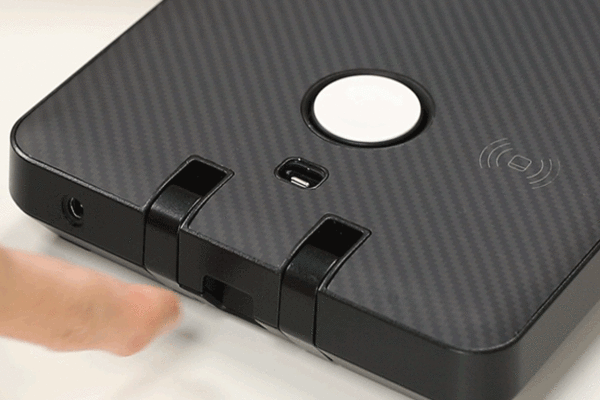
With the Air Omni, you don't have to choose between Lightning and USB C connections. This charging station has both connections available in a discreet, quick-swap design. At any time when you need a different connector, just press the bottom button to switch it in a second. Then flip up the panel, and connect your phone, iPad or any other devices to charge. No swap of chargers or cables. Just push, plug and play.
SUPPORT WIRED AND WIRELESS CHARGING

The Air Omni is built for wireless and wired charging. A number of flagship smartphones support wireless charging on the Qi standard. Though it’s slower than charging via cables, wireless charging is convenient since it requires no cable between the charger and your phone. It also helps prevent the mess of cables. If you are not ready for wireless charging, or you are in a hurry, that’s not a problem – connect your phone, speaker, Switch or other devices to the USB-A/C port with cables and enjoy stable fast charging.
CHARGE UP TO 6 DEVICES AT THE SAME TIME

The Air Omni is literally a 6-in-1 charger. It can charge up to 6 devices at the same time, and it’s compatible with a wide range of devices, such as iPad, iPhone, AirPods, Samsung Galaxy Buds, Siri Remote for Apple TV, Magic Mouse, Nintendo Switch, just to name a few.
Conclusion
The Lightning connector was revolutionary when it first came out, but many years have been passed, and it still sticks to old ways. Apple keeps it for the sake of itself, its customers or the society; while it has every reason to get rid of Lightning. Otherwise, you may face troubles like plugging the wrong cable into your iPad or fidgeting yourself rummaging the drawer to get the Lightning cable to charge your iPhone that’s about to die.
Fortunately, the PITAKA 6-in-1 charger -- Air Omni will get you well prepared with any situation. Android and Apple, wireless and wired, phones and other gadgets. Everything you need, Air Omni has.
